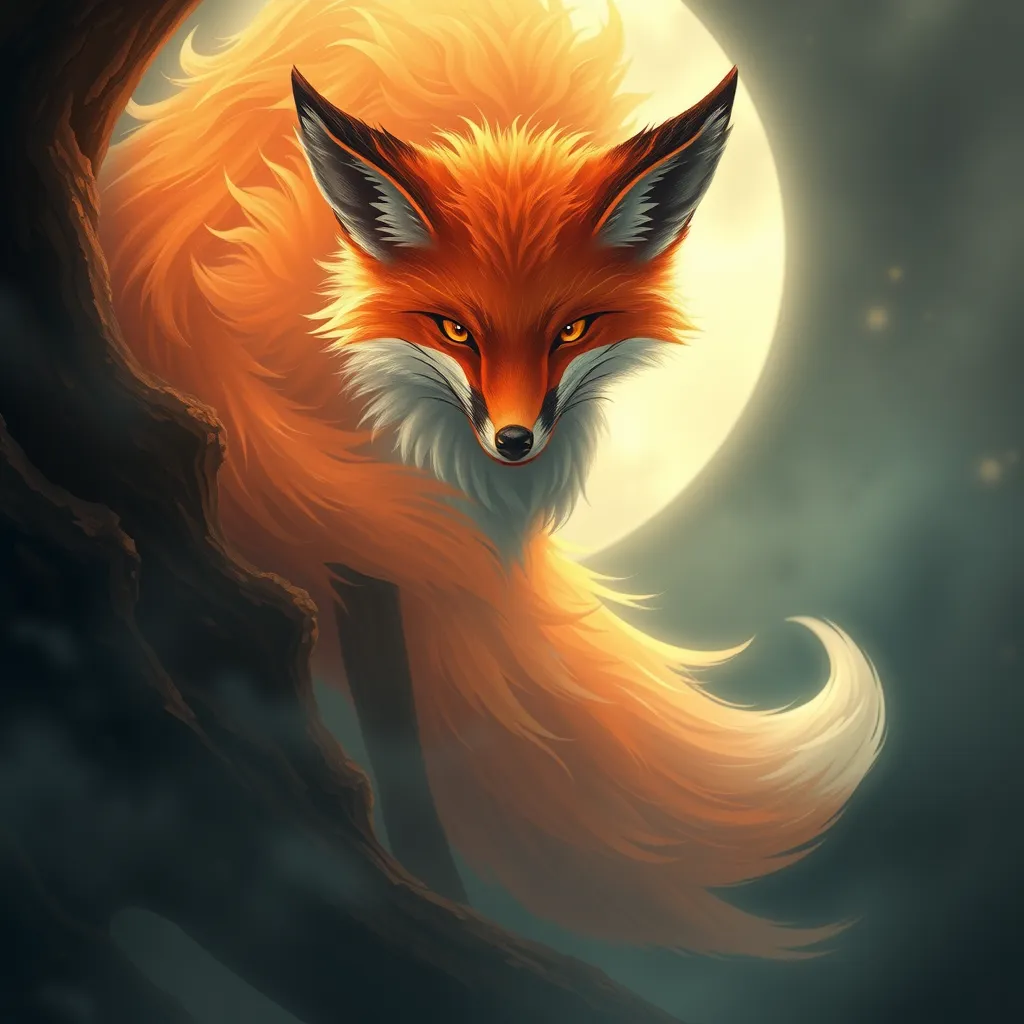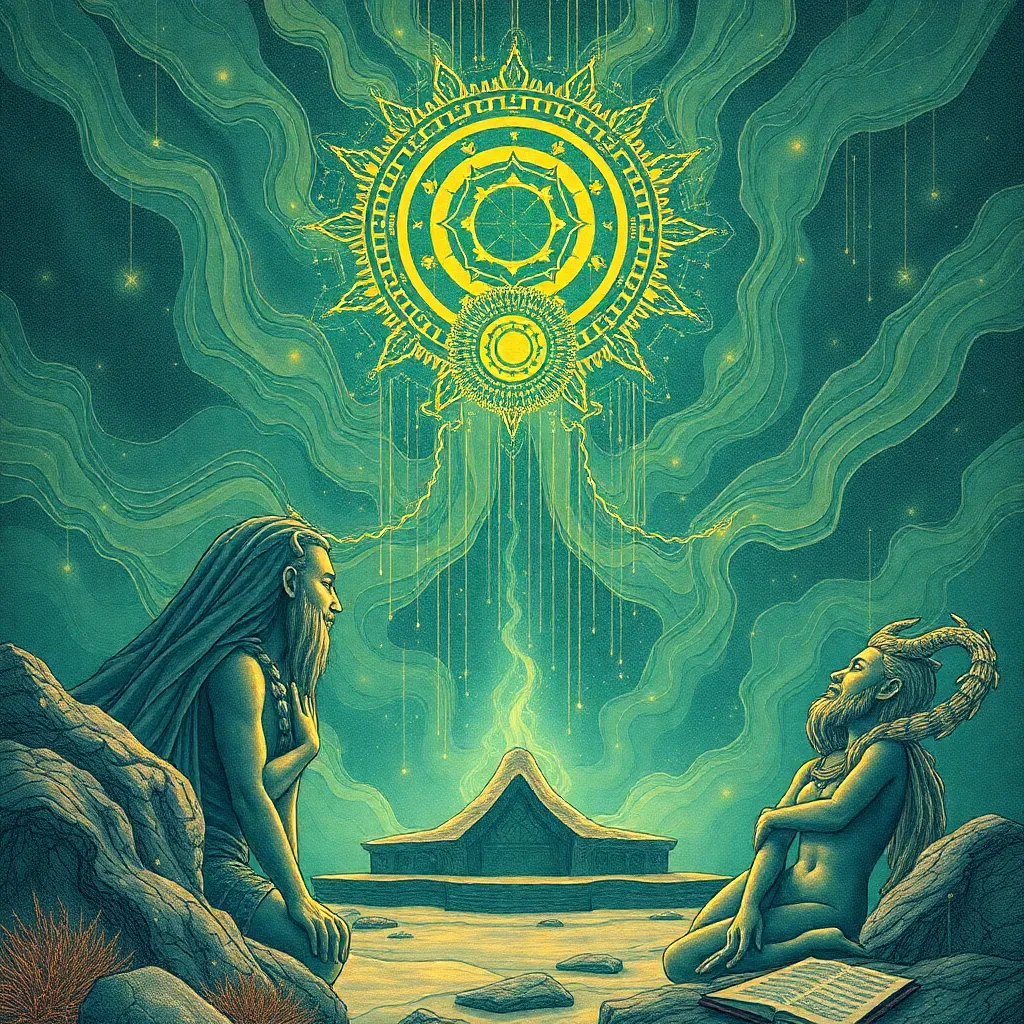Cipactli in Olmec Art: Analyzing the Serpent’s Iconographic Representation in Pre-Columbian Mexico
I. Introduction
The Olmec civilization, often considered the mother culture of Mesoamerica, flourished from approximately 1200 to 400 BCE in present-day Mexico. This civilization is known for its monumental stone heads, intricate jade carvings, and a rich pantheon of mythology that laid the groundwork for subsequent Mesoamerican cultures.
Among the significant mythological figures in Olmec lore is Cipactli, a primordial serpent often associated with creation and the earth. The purpose of this article is to analyze the iconographic representation of Cipactli in Olmec art, exploring how this mythical creature embodies the cultural and spiritual values of the Olmec society.
II. Historical Context of the Olmec Civilization
The Olmec culture emerged around 1200 BCE and is primarily centered in the Gulf Coast region of Mexico, particularly in states like Veracruz and Tabasco. Key archaeological sites, such as La Venta and San Lorenzo, reveal the complexity of their urban planning and ceremonial life.
Mythology and religion played a crucial role in Olmec society, influencing governance, social structure, and artistic expression. The Olmecs were among the first to develop a cosmogony that intertwined their daily lives with the supernatural.
Serpentine motifs are crucial in Mesoamerican cultures, representing duality, fertility, and the natural world. The serpent symbol is prevalent across various civilizations, each with unique interpretations and significances.
III. Cipactli: The Mythical Serpent
Cipactli is described in Mesoamerican mythology as a gigantic crocodile or earth monster, embodying both chaos and creation. In the mythological narratives, Cipactli is often depicted as a being that existed before the world was formed, representing the raw, untamed forces of nature.
This creature’s symbolic significance is profound, as it represents the earth and the cyclical nature of life and death. Cipactli is seen as both a creator deity, responsible for the formation of the land, and a destroyer, embodying the chaos that precedes order.
Connections can be drawn between Cipactli and other serpent deities in the region, such as Quetzalcoatl and Kukulkan, highlighting a shared mythological heritage that transcends specific cultures.
IV. Iconographic Analysis of Cipactli in Olmec Art
Specific Olmec artifacts, such as the colossal heads and various jade carvings, depict Cipactli or serpentine forms. These representations are characterized by their intricate detailing and the incorporation of symbolic elements that resonate with Olmec cosmology.
Artistic styles in Olmec representations of Cipactli often include:
- Realism: Detailed anatomical features that exhibit a lifelike quality.
- Stylization: Abstract forms that emphasize the creature’s serpentine nature.
- Symbolism: Elements like fangs and scales that denote its divine and dangerous qualities.
Symbolic elements associated with Cipactli in Olmec iconography include the earth, water, and blood, reflecting its multifaceted role in creation and destruction.
V. Themes and Interpretations of Cipactli Imagery
The representations of Cipactli in Olmec art often convey the duality of creation and destruction. This duality is a central theme in Mesoamerican cosmology, where life is seen as a cycle of birth, death, and rebirth.
The relationship between Cipactli imagery and Olmec cosmology is pivotal. Cipactli represents not just physical creation but also the chaos and potential inherent in the universe, mirroring the Olmec understanding of the world as a dynamic interplay of forces.
Interpretations of Cipactli within the context of Olmec societal values emphasize:
- The reverence for nature and its power.
- The understanding of life’s cyclical nature.
- The importance of balance between creation and destruction.
VI. Comparative Analysis with Other Mesoamerican Cultures
When comparing serpent iconography across Mesoamerican civilizations, similarities and differences emerge. For example, the depiction of serpents in Maya and Aztec cultures often emphasizes their roles as gods of rain, fertility, and knowledge.
The influence of Olmec representations on subsequent cultures is evident in the adoption and adaptation of serpentine motifs, with each culture infusing their unique meanings and contexts.
The evolution of Cipactli’s representation through time reflects changing religious beliefs and artistic styles, highlighting the adaptability and continuity of serpent symbolism in Mesoamerican cultures.
VII. Modern Interpretations and Relevance
Contemporary perspectives on Olmec art and mythology have revitalized interest in understanding the complexities of these ancient narratives. Scholars and artists alike draw inspiration from Olmec symbolism, including Cipactli, to explore themes of identity and cultural heritage.
The significance of Cipactli in modern Mesoamerican cultural identity is profound, as it serves as a reminder of the ancient roots that continue to influence contemporary practices and beliefs.
The role of archaeology and art history in understanding pre-Columbian narratives is critical, providing insights into the rich tapestry of Mesoamerican civilizations and their enduring legacies.
VIII. Conclusion
In summary, the analysis of Cipactli’s representation in Olmec art reveals a deep connection between mythology, societal values, and artistic expression in this ancient civilization. The duality of creation and destruction embodied by Cipactli reflects the Olmec understanding of the natural world and its complexities.
The implications for the study of Olmec culture and Mesoamerican art are significant, as they encourage a deeper exploration of how ancient narratives continue to resonate in contemporary society, fostering a greater appreciation for the cultural heritage of the region.
![]()


